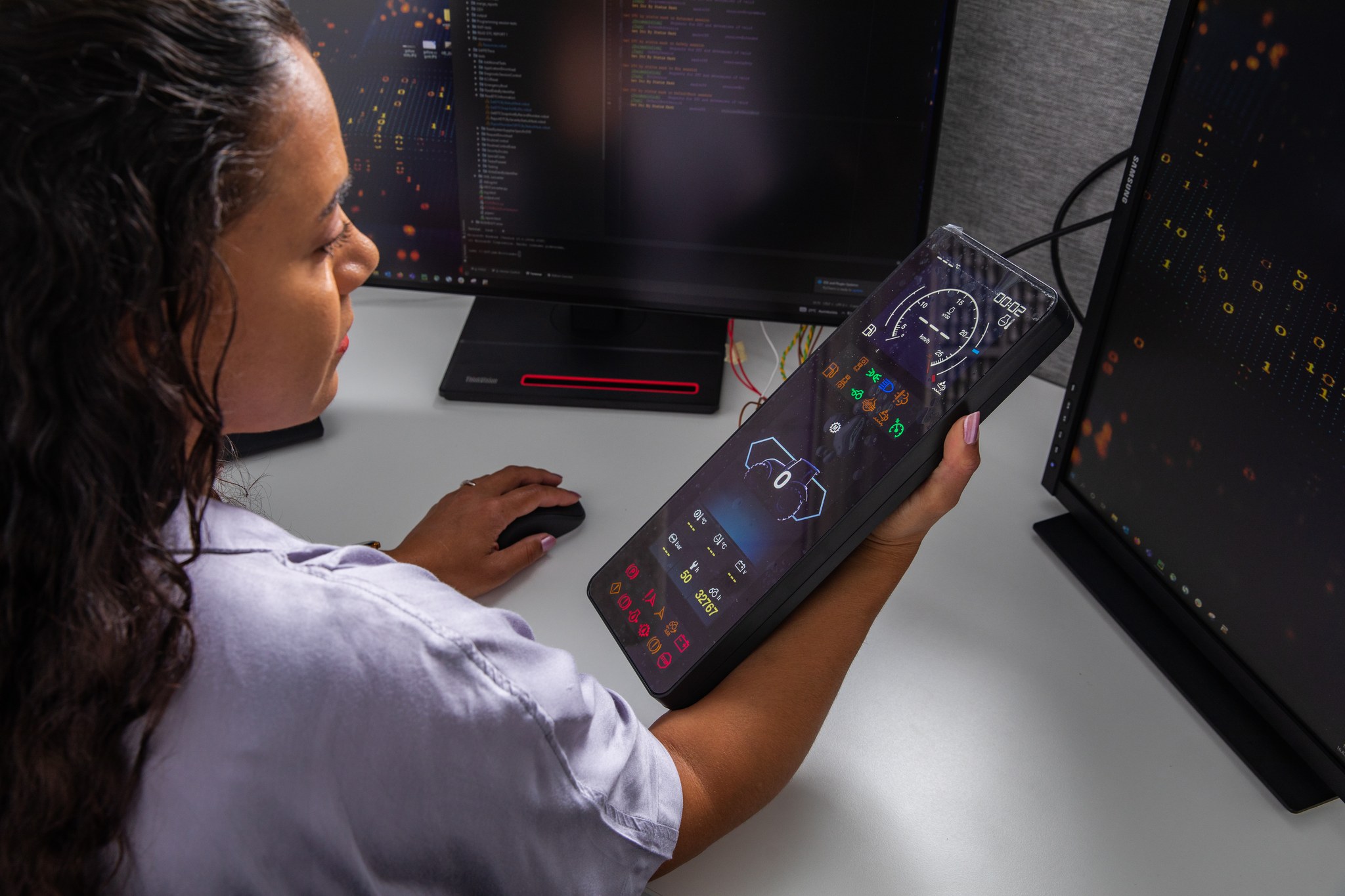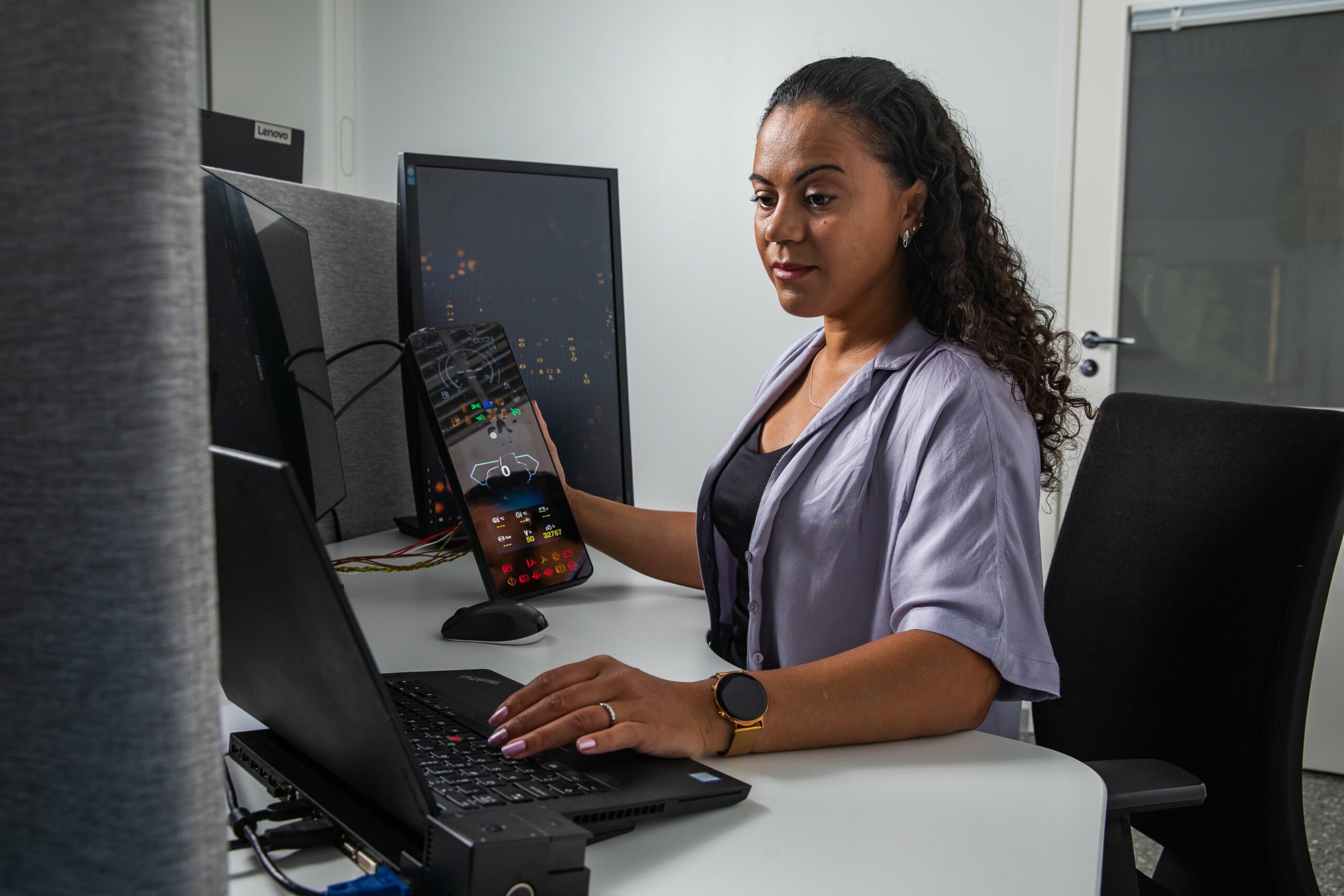A digital twin helps you improve the quality of your product by enabling its testing and development at different stages of its lifecycle. Virtualised product development reduces the costs associated with physical prototypes and significantly speeds up the introduction of your product to the market.
A digital twin enables you to configure your product according to the customer’s needs and test the product using a simulator. This ensures that the product configuration is as desired and possible to produce.
You can monitor and analyse the performance of the product’s features more effectively than ever before by receiving data from the use throughout the product’s entire lifecycle. This data can help you determine, for example, whether your products meet environmental and business requirements. By collecting data from your entire product portfolio, you can predict maintenance needs with increasing accuracy.
Digital product lifecycle can help you achieve up to…
1. 50% more revenue
2. 40% lower costs
3. 75% shorter development time
Source: Aberdeen Strategy Research, 2022









